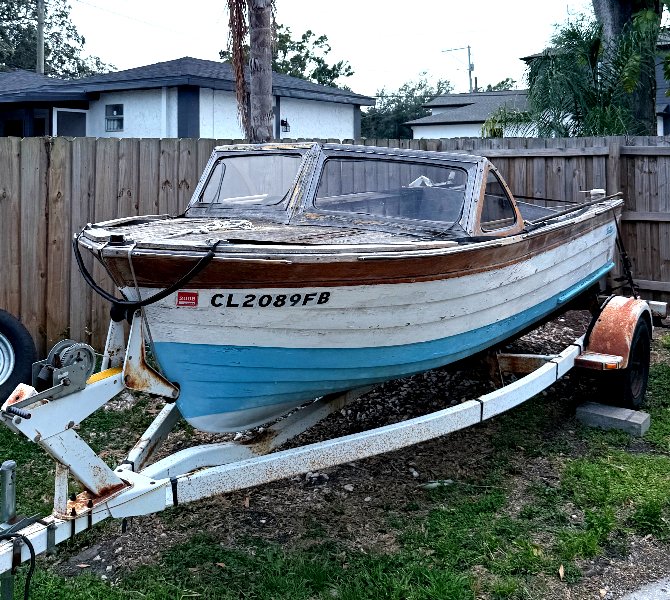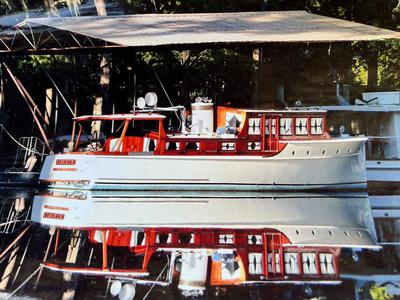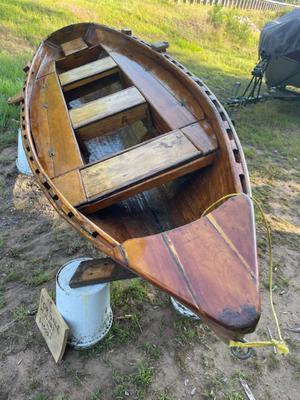- Home
- Your Boats
- This Page
How to laminate plywood on the hull
by Tom
(FL)
I'm working on replacing the bottom of 18' 1969 runabout that has a deep-V plywood hull.
It had a 1/2" mahogany plywood bottom that they somehow got to bend around the curve at the bow.
Being a production boat, they probably had an industrial process to do that.
I'm thinking I should either: A) cover the hull with 6mm marine plywood then 3 layers of fiberglass cloth/epoxy, or B) use two layers of 6mm plywood, laminated.
If I do the two 6mm layers, how can I clamp the outer layer without drilling into it? I'm trying to do a bright finish on the hull, at least on the sides of the hull, and I don't want to use plugs in plywood.
Thanks,
Tom
Comments for How to laminate plywood on the hull
|
||
|
||
Want to add more photos?
Photo Uploader
If you are having problems uploading Photos or would like to add more click on this link for the Upload Form.







